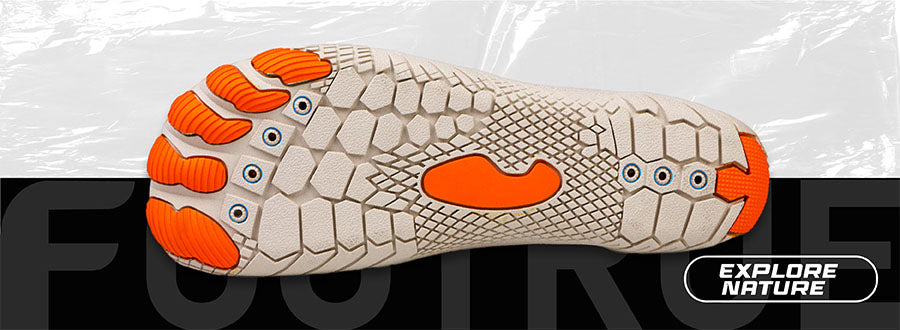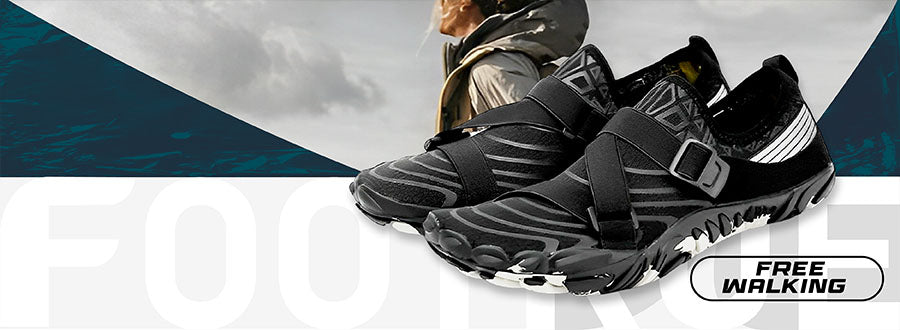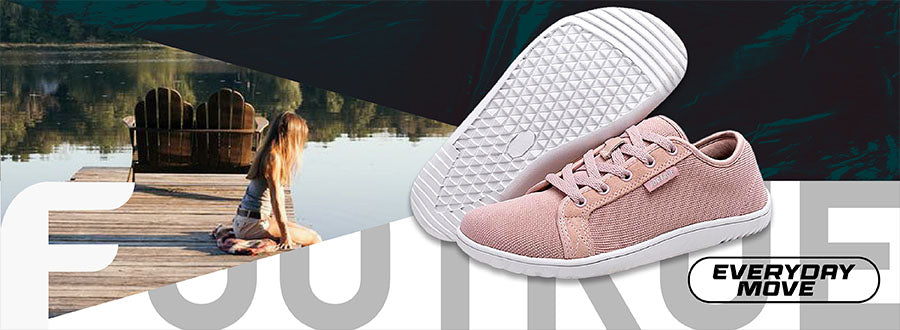When embarking on the adventure of creek trekking, choosing the right footwear is crucial for both safety and enjoyment. This sport involves navigating through streams, climbing over slippery rocks, and trekking through varying terrains, which demands shoes that offer protection, support, and a natural feel. In this context, barefoot shoes emerge as an innovative option, blending the sensation of being barefoot with the essential protection needed in the wild. Let's dive into what makes barefoot shoes a top choice for creek trekking and how they compare to traditional outdoor footwear.

Understanding Barefoot Shoes
Barefoot shoes are designed to mimic the natural shape of the foot, offering a minimalist design that promotes a more natural foot movement. Unlike conventional hiking shoes that come with thick cushioning and rigid soles, barefoot shoes have thin, flexible soles that allow the wearer to feel the ground beneath them. This design philosophy aims to enhance proprioception – the body's ability to sense its movement and position in space, which is vital for navigating challenging terrains.
Advantages of Barefoot Shoes for Creek Trekking

1. Enhanced Ground Feel
One of the primary benefits of barefoot shoes is the heightened ground feel they provide. This is particularly advantageous in creek trekking, where feeling the texture of the ground can significantly improve balance and stability on slippery or uneven surfaces. The thin soles of barefoot shoes allow for better feedback from the ground, enabling quicker adjustments and more confident movements.

2. Quick Drying and Lightweight
Barefoot shoes are typically made from lightweight materials that do not retain water, making them an excellent choice for activities involving frequent water exposure. Their quick-drying nature ensures that even after wading through streams, they will not become heavy and cumbersome, allowing for continued ease of movement.

3. Durability and Protection
Despite their minimalist design, many barefoot shoes are engineered with durable materials and protective features, such as toe caps and abrasion-resistant uppers. These features safeguard the feet against sharp rocks, branches, and other hazards commonly encountered in creek trekking, without compromising the shoe's flexibility and ground feel.
Comparing to Traditional Outdoor Footwear

While traditional outdoor shoes offer more cushioning and support, they often limit the natural movement of the feet and reduce ground sensitivity. This can lead to a less natural gait and potentially decrease balance on challenging terrains. Moreover, conventional shoes typically take longer to dry and may become heavy when wet, which can hinder progress in creek trekking.

For the adventurous souls drawn to the challenges an beauty of creek trekking, selecting the right footwear is a pivotal decision. Barefoot shoes present a compelling option, offering a blend of protection, flexibility, and a natural feel that enhances the overall experience. By promoting a more natural foot movement, improving balance and stability, and ensuring comfort through quick-drying materials, barefoot shoes stand out as the optimal choice for navigating the dynamic environments of creek trekking. As with any outdoor activity, personal preference and comfort should guide your footwear choice, but for those seeking a closer connection to the terrain beneath their feet, barefoot shoes are undoubtedly worth considering.
👉Explore the Footrue® Creek Trekking line of barefoot shoes.
















